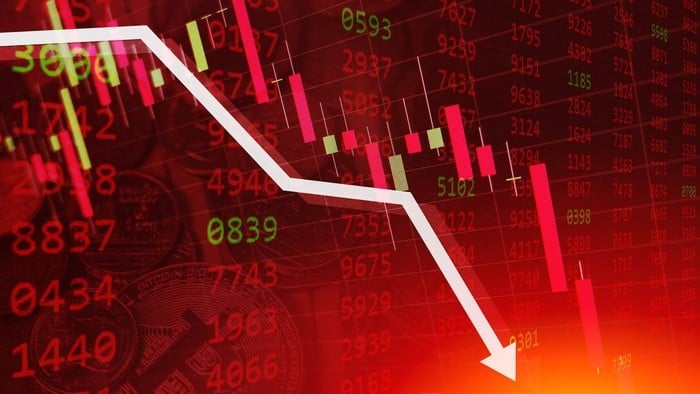It certainly has been an eventful week for the Lion Energy Ltd (ASX: LIO) share price. Prior to today, the green hydrogen company's shares were up an incredible 44% since the start of the week.
However, it is giving back a good portion of these gains on Friday morning. In early trade the Lion Energy share price is down a sizeable 23% to 7.5 cents.
Why is the Lion Energy share price crashing lower?
This morning the company returned from a trading halt following the release of a response to a query from the ASX.
That query sought more information relating to the company's recent green hydrogen strategy presentation.
While the company provided a thorough response, some investors may be disappointed with its plans. Others could be taking profit off the table today following the strong gains earlier in the week.
How did Lion Energy respond?
Lion Energy has released an additional presentation with further clarification on its plans and progress.
It commented: "To date, Lion has progressed its Hydrogen Strategy by assessing the hydrogen industry and growth opportunities in Australia and undertaking a preliminary and high-level review of the opportunities which may be available for Lion to participate in this industry. Lion has registered a business name (Lion H2 Energy) which will be used to further progress Lion's Hydrogen Strategy. No material costs have been incurred in progressing the Hydrogen Strategy to date."
The company is now at stage two of its strategy. It explained that this stage includes a number of activities that will be undertaken at a cost of approximately $0.5 million over a six-month period.
This includes the establishment of a team of hydrogen experts, which will form a Hydrogen Advisory Board. It will also see the appointment of experts to systematically analyse optimal electrolyser locations in Australia and the review of the best value and fit for purpose solar, wind and electrolyser technologies.
In addition, the company will review potential opportunities in which Lion may be able to combine its expertise and resources with a suitable market and partner to progress a green hydrogen development using the identified electrolyser locations and appropriate technologies.
Finally, it may also expand the scope of the Advisory board to review opportunities in H2 distribution and hydrogen fuel cells for heavy equipment and vehicles.
After which, there are stages three and four, which include feasibility studies and then the development of facilities.
Plenty of work ahead for the company!







